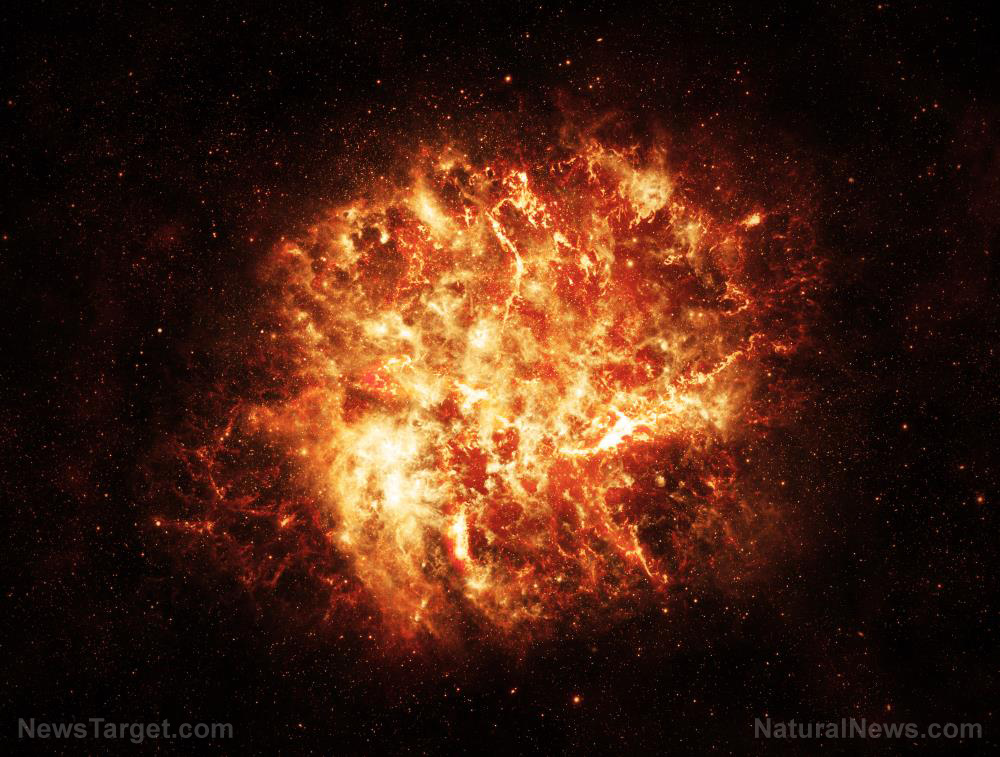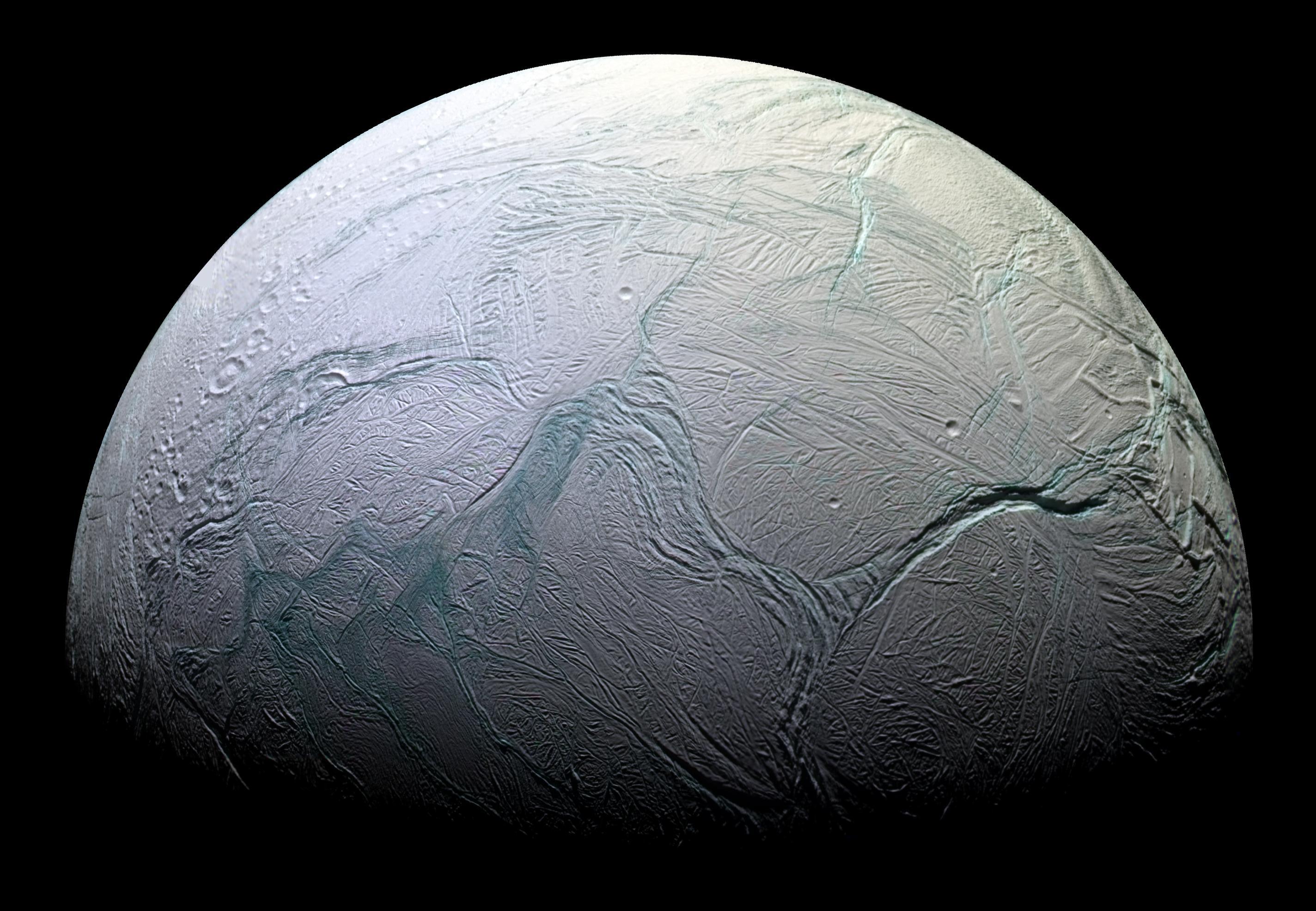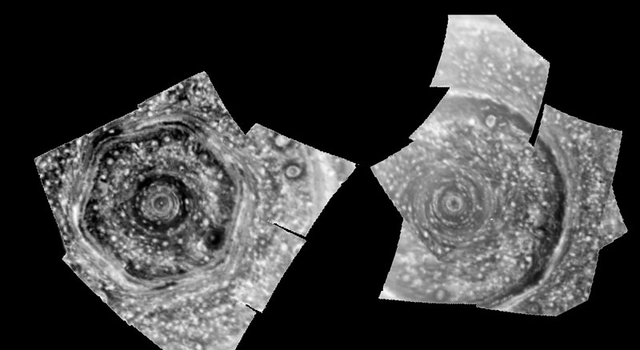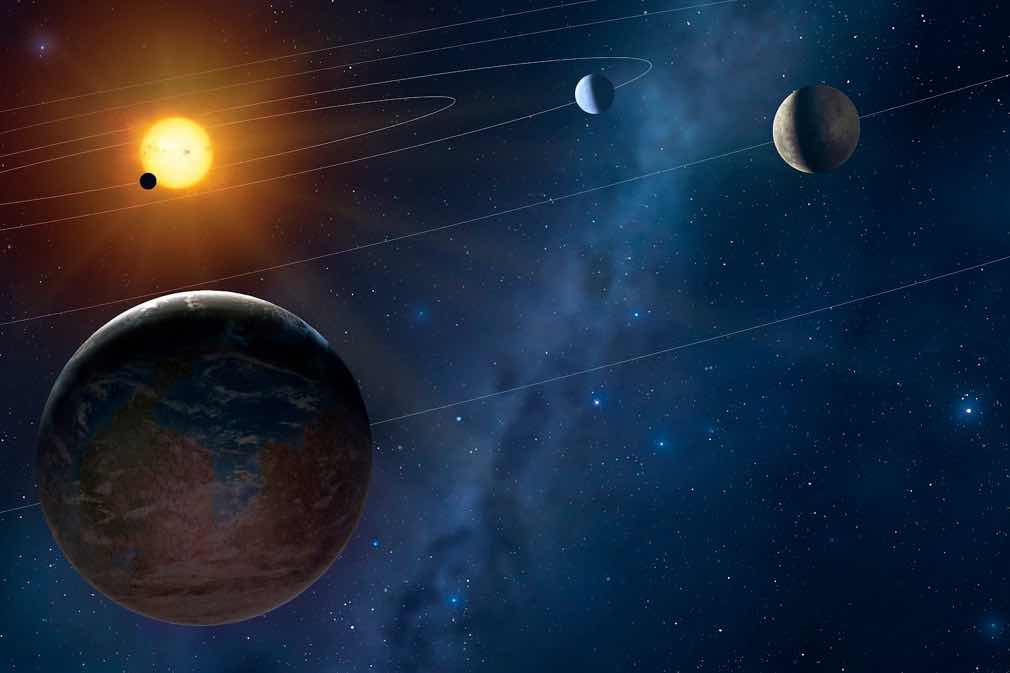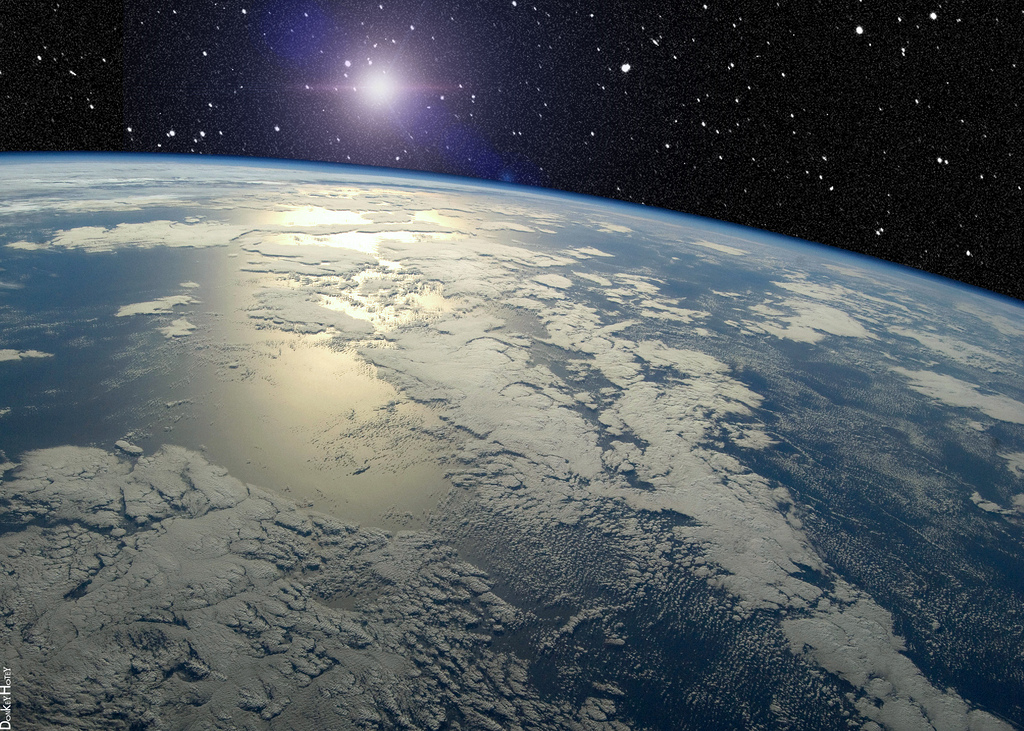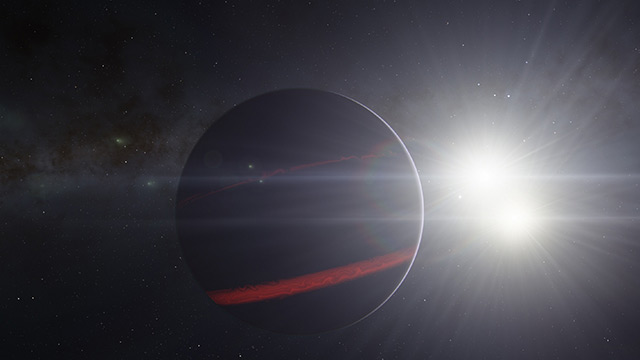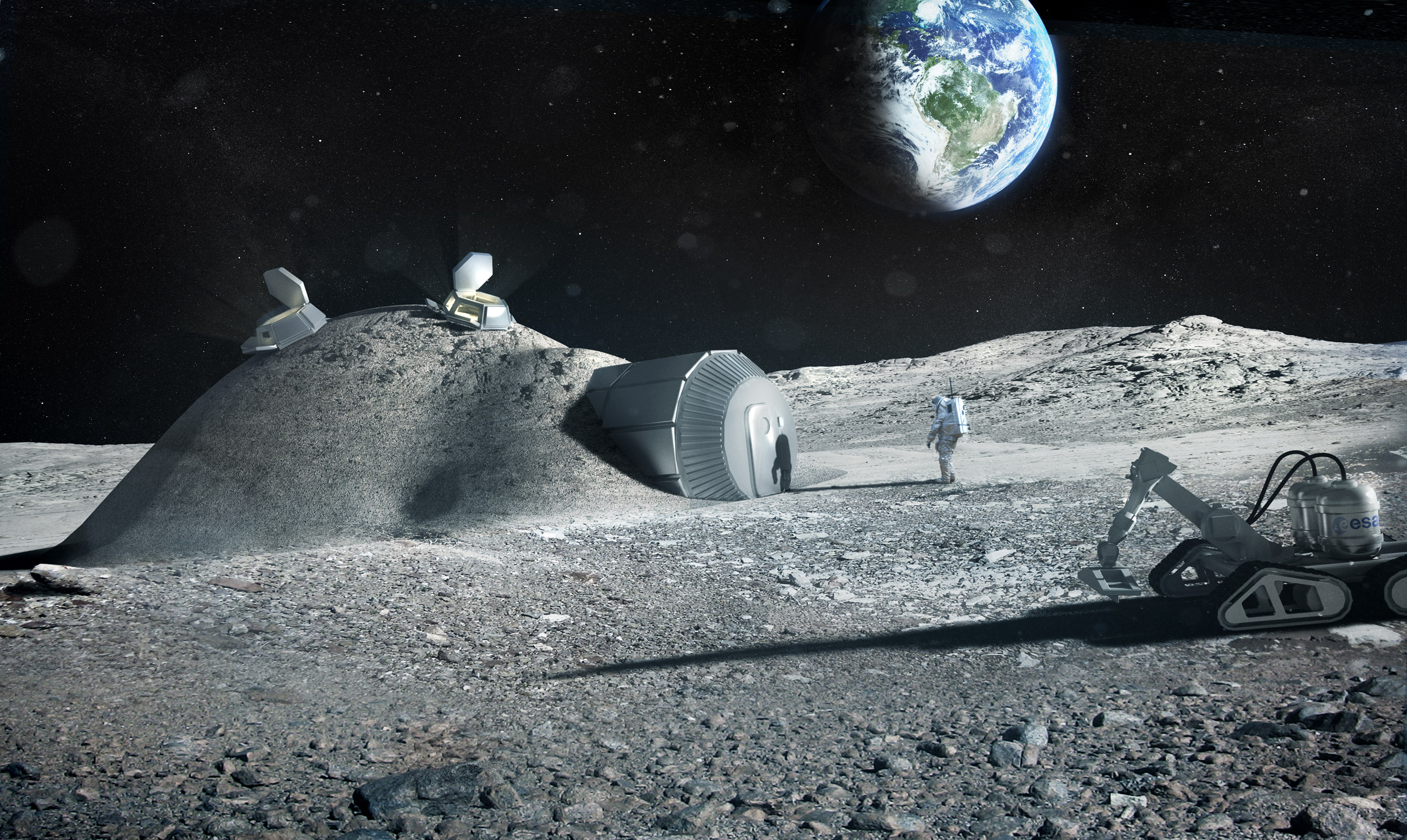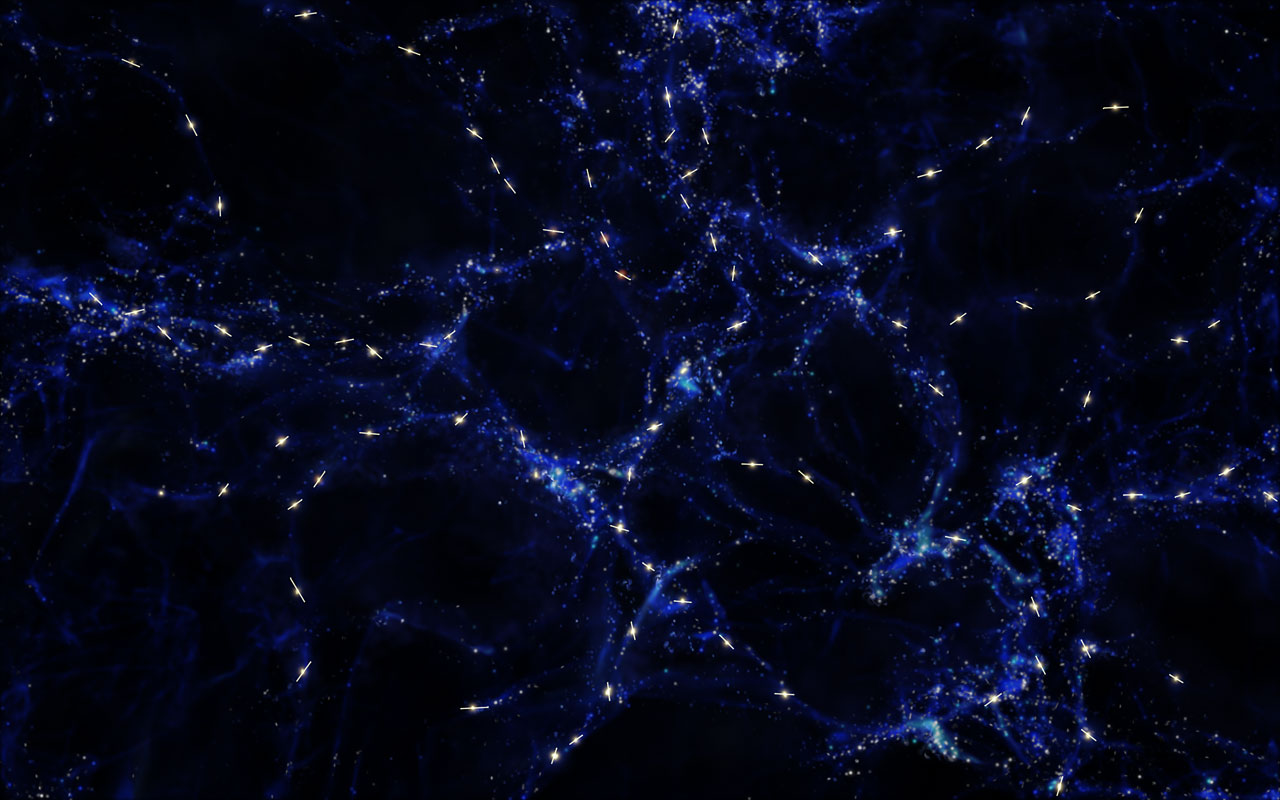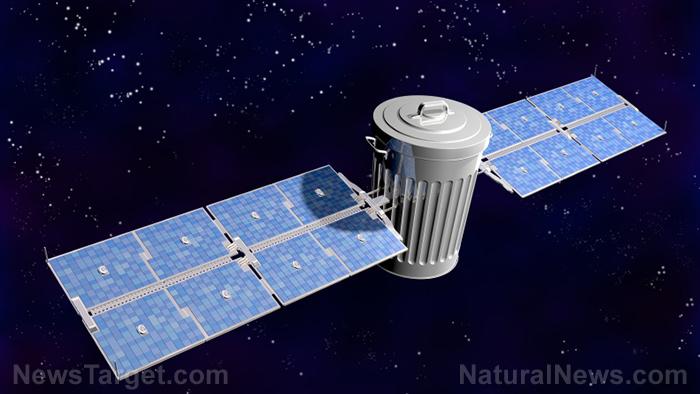Scientists theorize how we could grow crops on Mars
12/16/2018 / By Edsel Cook
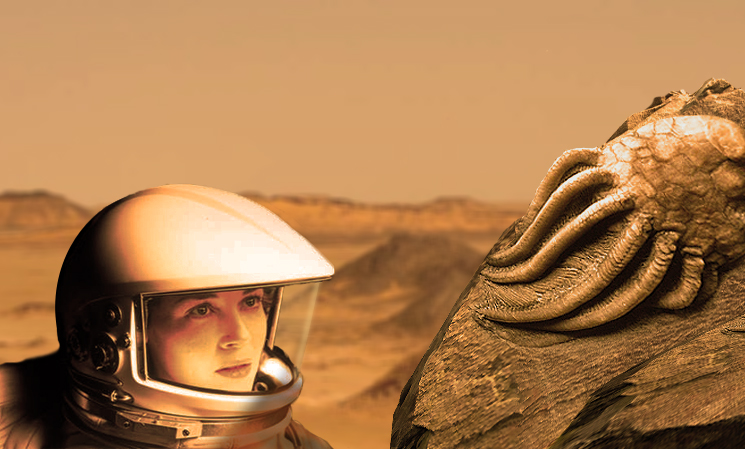
What are humans going to eat during their long – or permanent – stay on Mars? Researchers suggest that instead of bringing prepared rations, future Martian explorers and colonists should till the soil of the Red Planet to cultivate food crops.
It takes a lot of time and money to launch a few tons of supplies from Earth to Mars. Given there are so many other important items and materials that astronauts and colonists cannot produce on their own, only a small portion of that limited cargo space can be spared for food.
Self-sufficient, stable, and sustainable local agriculture is the only real way to turn the initial Martian outposts into full-fledged colonies. Plants would provide food, oxygen, and other important products that help keep humans alive and healthy.
Fortunately, liquid water does exist beneath the soil of Mars. In addition to giving us more hope of finding alien life on the planet, the presence of sufficient water makes it possible to grow crops. But there are many other requirements before colonists can apply plowshares to the soil. (Related: NASA scientists discuss the feasibility of humans colonizing Mars.)
Reasons why Mars is called the Red Planet instead of the “green” one
Mars might be the closest to Earth in terms of many characteristics, but at the same time it is also very different from our home planet.
Mars has less of many things that Earth enjoys. It is smaller and lighter, giving it just a third of the gravity and making things much lighter there. It is twice as far from the Sun, so it gets only half as much light.
At the same time, Mars has very little in the way of an atmosphere and a planetary magnetic field. So the sunlight that does reach its surface packs far more cosmic and ultraviolet rays.
Whereas Earth’s atmosphere is thick and has many different gases, Mars’ thin air is mainly made up of carbon dioxide. The combination of this thin air and diminished sunlight makes for cold average temperatures.
In terms of soil quality, Earth has Mars beat. Soil from the former planet contains microorganisms, nutrients, and water moisture for the growth of plants. The latter is covered in dry regolith with poisonous perchlorate.
Seventy percent of the surface of the Earth is covered in liquid water. The only liquid water in Mars is underground; if it reaches the surface, it will boil away due to the weak atmospheric pressure. If water wants to stay on the surface, it has to be in the form of ice.
Last but not least, food plants have evolved and adapted to the conditions found on Earth. They will be completely unused to the Martian environment.
Can we grow food on Mars?
There are several options. The International Space Station is testing hydroponic greenhouses and regulated environmental systems that can grow Earth crops in microgravity. It would be fairly easy to adapt these systems for use on the Martian surface.
Some researchers have suggested cultivating edible microorganisms. These microbes will consume the body wastes of astronauts and colonists. When they are ready, they can be processed into protein.
Still others suggest developing crops that can grow in the harsh conditions of Mars. Since it will take many years to breed Mars-specialized crops the normal way, these impatient types want to use genetic engineering to speed up the process.
If you ever wondered what staying in space or other planets will be like, look no further than SpaceTourism.news for ideas.
Sources include:
Tagged Under: agriculture, Mars, Mars colonization, Mars exploration, Martian crops, space exploration, sustainable food supply, water on Mars



